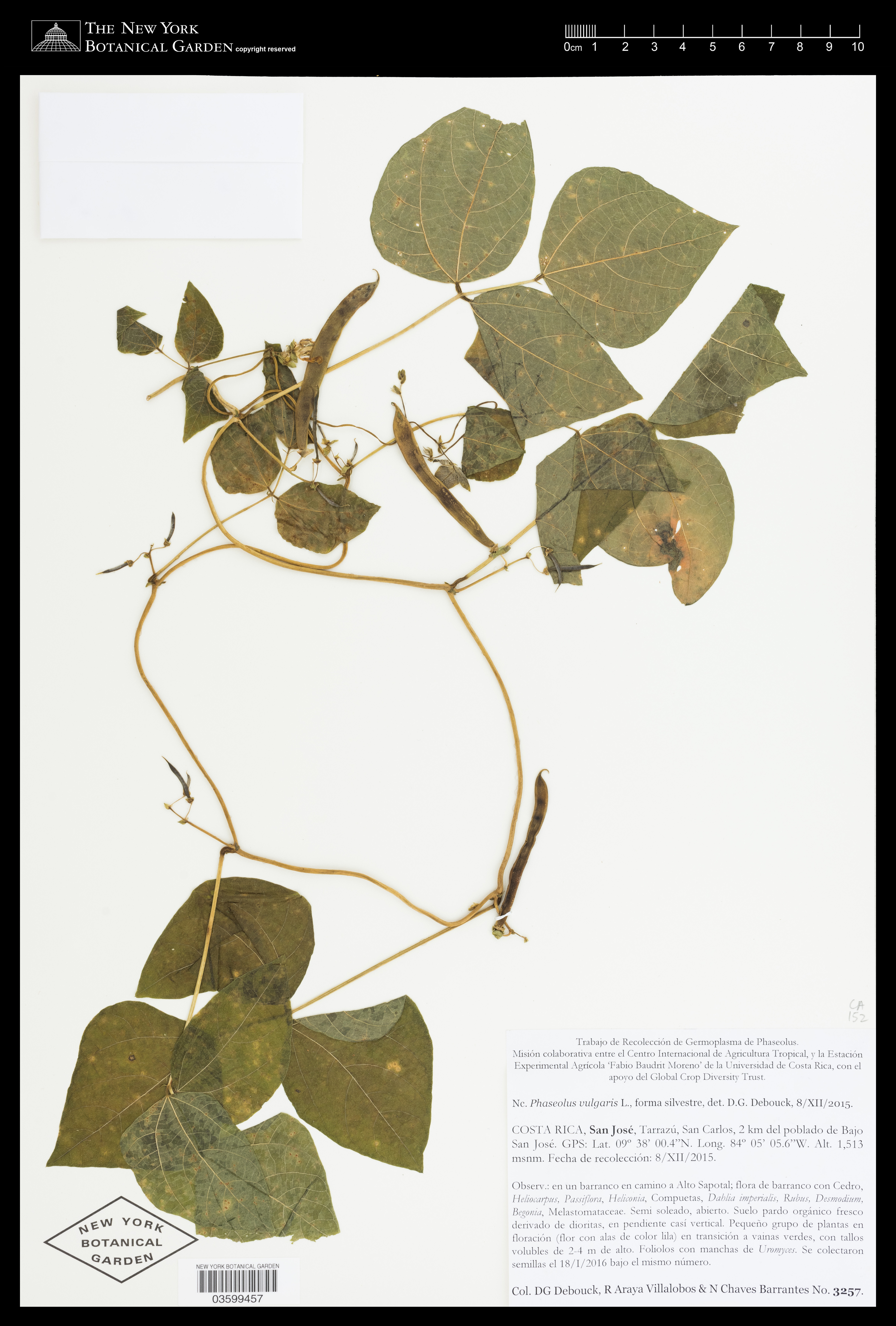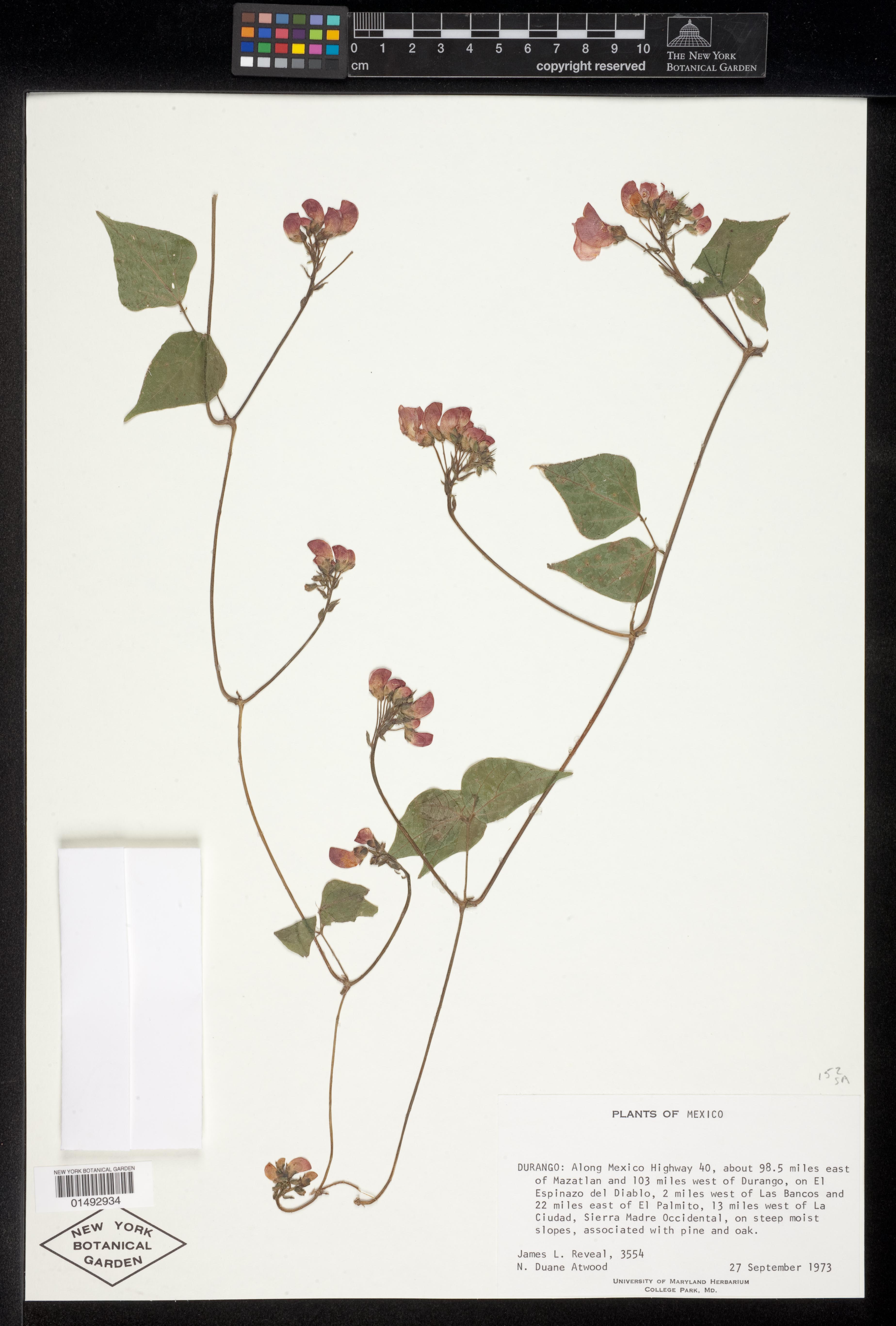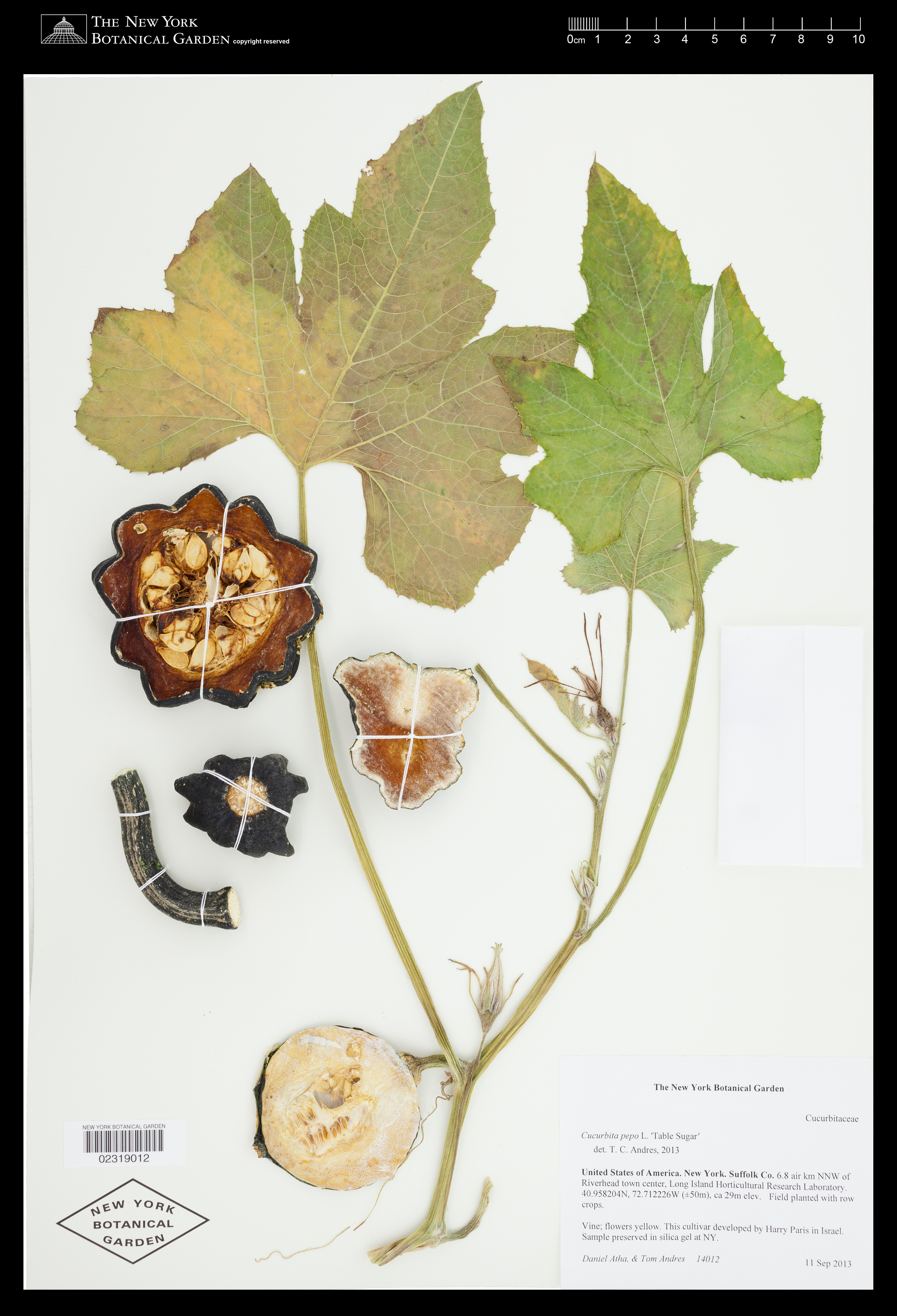By Leanna Feder
Oct 2 2020
Companion planting is the technique of growing plants closely together for mutual benefit. Perhaps the most famous example of companion planting is the Three Sisters: maize (corn), climbing beans, and squash.
Planted in rows of mounds, the Three Sisters complement each other in numerous ways. Maize provides a stalk for climbing bean vines. Beans, members of the nitrogen-fixing legume family, help replenish valuable nitrogen in the soil. Squash grows along the ground with its large leaves, blocking the sun, reducing water loss in the soil, and keeping weed growth down.
The technique for planting the Three Sisters spread from Mesoamerica northward over many generations, eventually becoming widespread throughout North America. Indigenous farmers saved the best seeds for the following season, resulting in a wide variety of cultivars perfectly suited for the environments in which they were grown. Much of this diversity was sadly lost as indigenous nations were forced out of their ancestral lands by early European settlers and mainstream agricultural practices took hold.
In the area that is now considered northern New York, the Haudenosaunee made great use of companion planting and the Three Sisters were an important part of their diet. Known as the Iroquois by the French and the Six Nations by the British, the Haudenosaunee existed as a matrilineal democratic form of government in North America long before European incursion. The Haudenosaunee considered the Three Sisters to be divine gifts. Some versions of their legends involve the crops personified as three women who separate from each other only to find out that they are stronger together.
Eaten together these crops provide a complete nutritional diet. Maize is relatively high in calories but low in protein. Squash provides important vitamins and minerals and its seeds are high in protein and fatty oils. Beans supply protein and necessary amino acids missing from both maize and squash.
The Three Sisters are just one example of the nuanced understanding indigenous nations had of crop ecology predating European contact and modern farming techniques.






